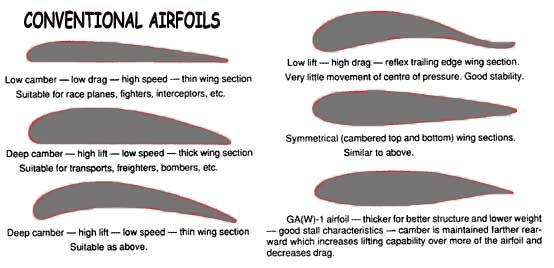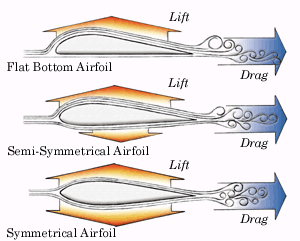


The earliest known airfoil sections for aircraft concepts were patented in the 1880s by Horatio Phillips, as shown in the figure below, which were inspired by the wings of birds. Understand the differences between subsonic, transonic, and supersonic airfoil sections.
LOW SPEED AIRFOIL HOW TO
Know how to geometrically construct a NACA airfoil profile using a camberline shape and a thickness envelope.Be able to identify the key geometric parameters that define the shape of an airfoil.Better understand the historical evolution of airfoil sections for aircraft applications.Historically, the design of airfoil shapes for specific applications has proceeded evolutionarily, with wind tunnel experiments, theoretical analysis, and flight testing all being used synergistically to develop the best airfoil shapes for specific flight vehicles. Airfoils for high-speed aircraft, especially for supersonic flight, are much thinner with pointed leading edges and use less camber. To this end, not all airfoils are created equally, and different airfoils will be better suited for one application than another.įor example, airfoils for use on the wings of low-speed airplanes are generally thicker (in terms of their thickness-to-chord ratio) and have more curvature or camber. Engineers must know how to select or design suitable cross-sectional wing shapes (often called airfoil profiles or airfoils) for use on a diverse range of flight vehicles such as airplanes, various types of space launch and re-entry vehicles, as well as helicopter rotors, propeller blades, wind turbines, UAVs, etc.


 0 kommentar(er)
0 kommentar(er)
